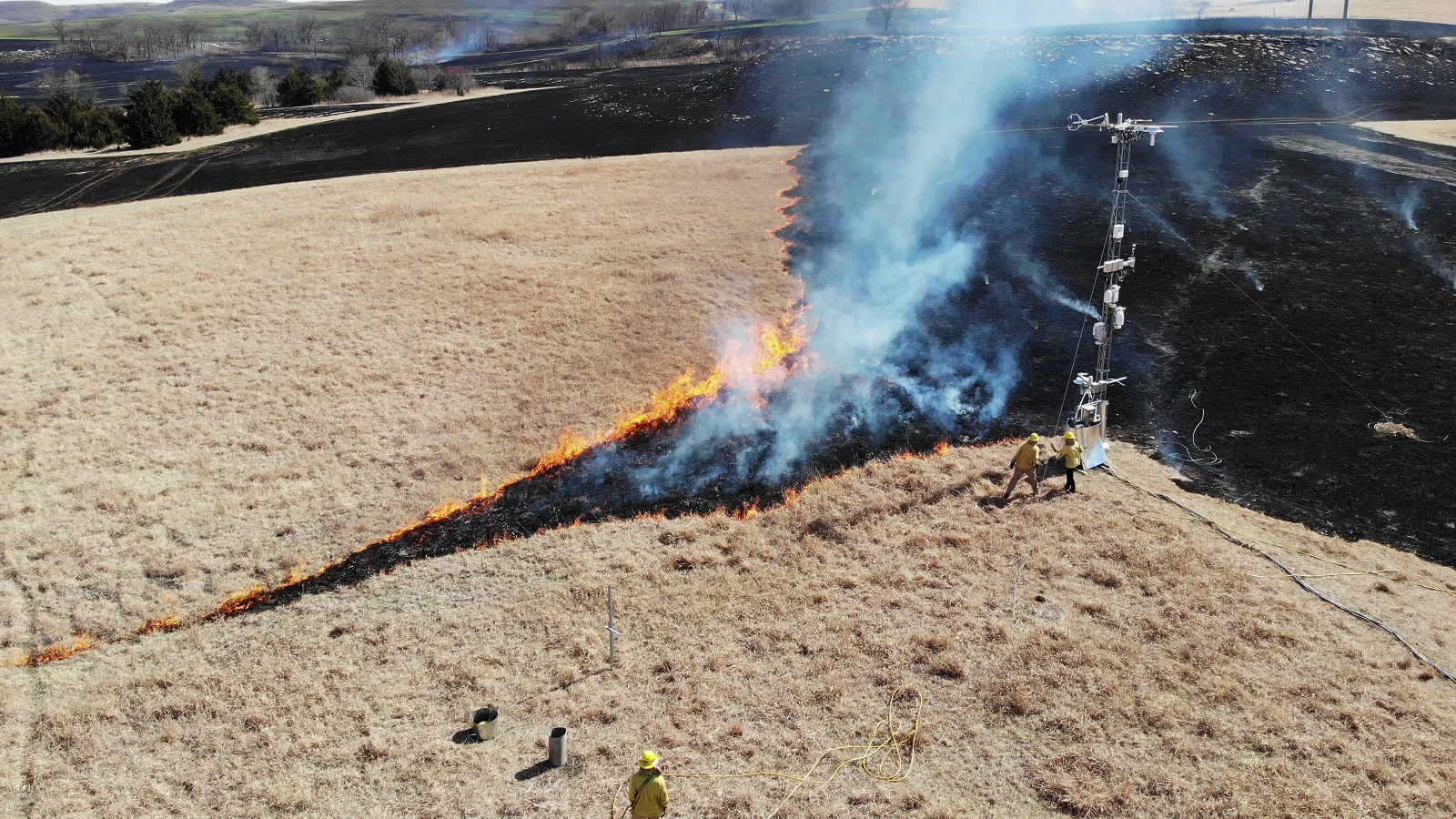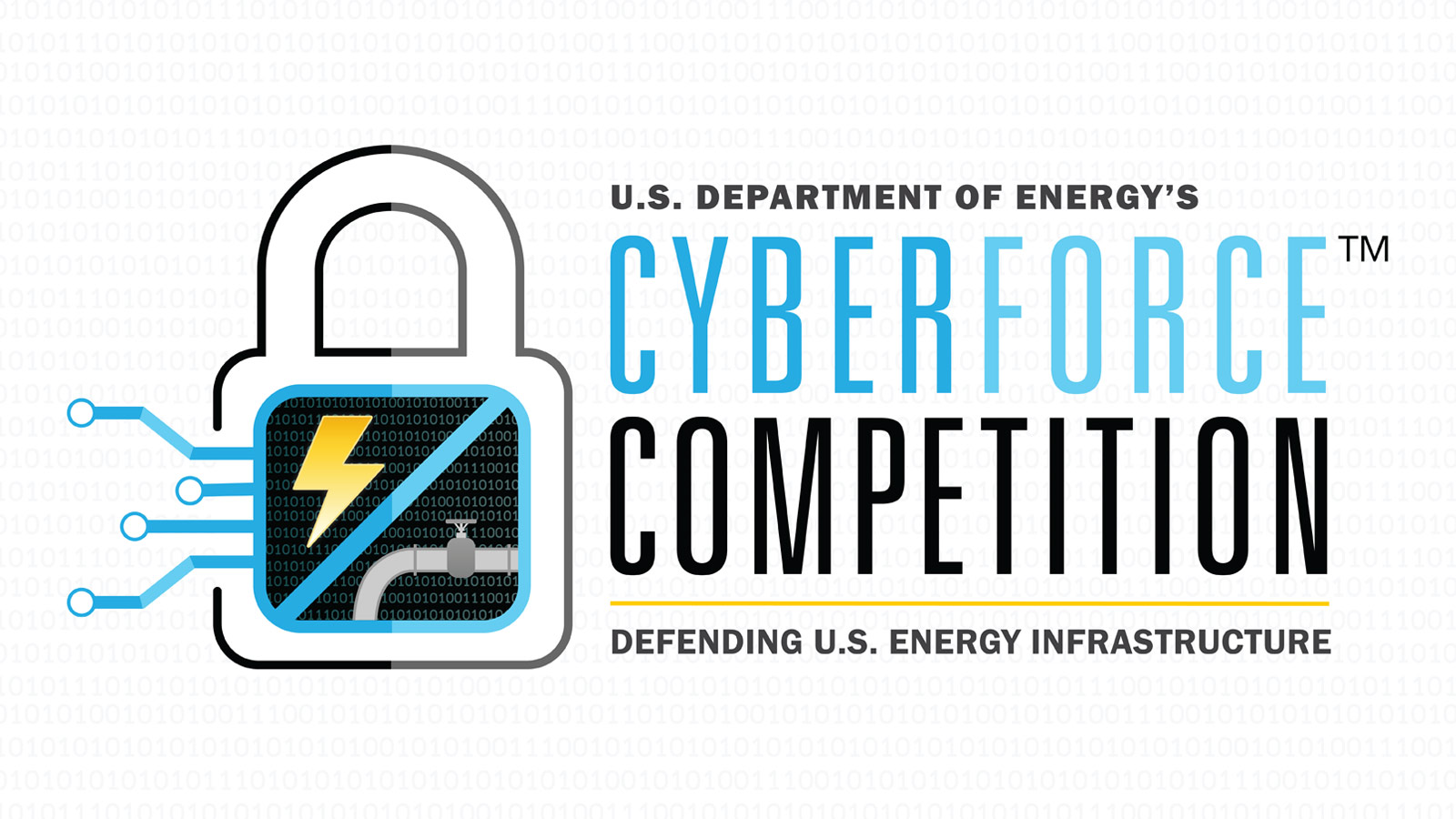Argonne platform helps monitor controlled burn in Kansas
Preventing forest fires from spreading out of control in the Western United States could get a little easier thanks to new research conducted by the U.S. Department of Energy’s (DOE) Argonne National Laboratory on a Kansas tallgrass prairie. Researchers conducted a controlled burn experiment on the Konza prairie that they monitored using Sage, a cyberinfrastructure system that contains a comprehensive system of sensors that are paired with artificial intelligence to perform computing “at the edge.”
Scientists hope that information gained about how smoke and fire spread will be useful in helping to combat and respond to forest fires, and they believe that the Sage system could eventually be deployed in a continent-spanning network enabled by the National Environmental Observatory Network (NEON) that would include Western observatories.
Kansas State University team uses Argonne’s APS to build greater understanding of phosphorus fertilizers
To increase crop yields and a return on their investment, farmers often fertilize crops with phosphorus, an important plant nutrient. But managing the right amount of phosphorus presents a challenge when the soil is heavily acidic or calcareous — that is, it contains a high level of calcium carbonate. Such soils rapidly bind to phosphorus and make it unavailable for plants. When farmers then apply more phosphorus, the mineral moves out into bodies of water and causes massive algae bloom, harming the environment.
In an effort to develop a safer, more effective fertilizer, scientists at Kansas State University (K-State), Manhattan, are working to gain a better understanding of how phosphorus behaves in soil. Led by soil chemists Joseph J. Weeks, Jr., and Ganga M. Hettiarachchi, the team used the extremely bright X-rays of the DOE’s Advanced Photon Source (APS), located at the Argonne, to conduct their work. Incubating different sources of phosphorus in calcium-rich soil and exposing the samples to X-ray spectroscopy at the APS, the team noted differences in how phosphorus operated. Applying their findings to field experimentation may help lead to improved fertilizers and sustain the environment.
The APS is a DOE Office of Science user facility.
K-State team wins honors in National CyberForce Competition at Argonne
A team from Kansas State University won regional honors as well as second place nationally in a recent National CyberForce Competition™ sponsored by the DOE and hosted by Argonne. About 70 teams from 24 states and Puerto Rico competed in the contest, with participants ranging from first-year undergraduates to Ph.D. candidates.
The annual competition poses a real-world scenario in which participants must defend cyber-physical infrastructure against threats modeled on those faced by the energy sector today. In a recent contest, teams defended a simulated oil transportation network, a power delivery system and a high performance computing system against attacks formulated by experts from the national labs, the private sector and the National Guard. According to industry observers, the American cybersecurity workforce must add nearly 500,000 professionals to fill the current skills gap.
Argonne leads the CyberForce program on behalf of the DOE Office of Cybersecurity, Energy Security, and Emergency Response and initiated the competition in 2016. Other CyberForce hosts include the DOE’s Brookhaven National Laboratory, Idaho National Laboratory, Lawrence Berkeley National Laboratory, Oak Ridge National Laboratory, Pacific Northwest National Laboratory and Sandia National Laboratories.



